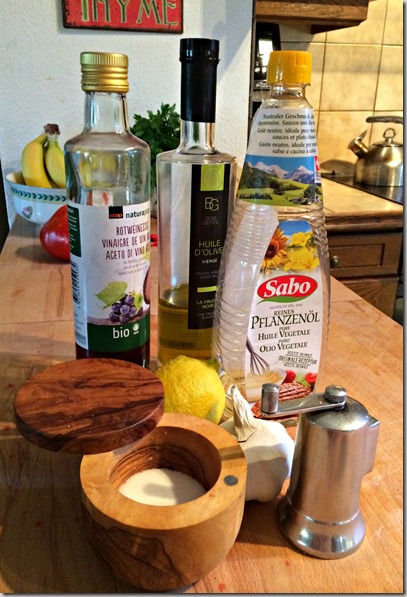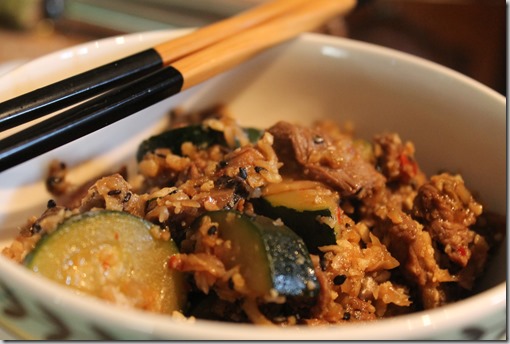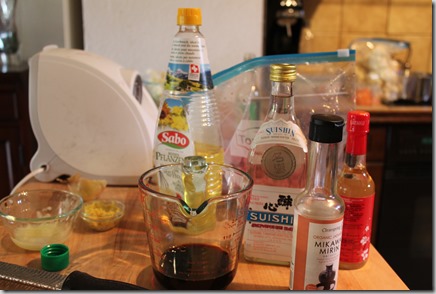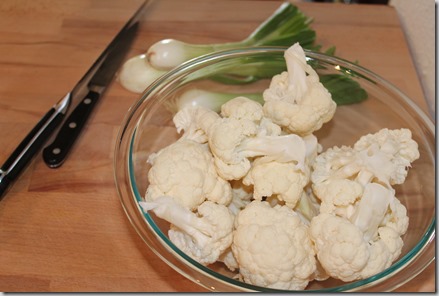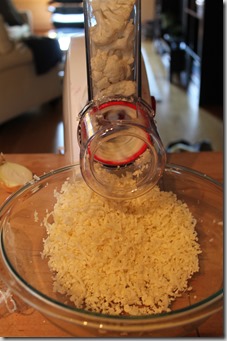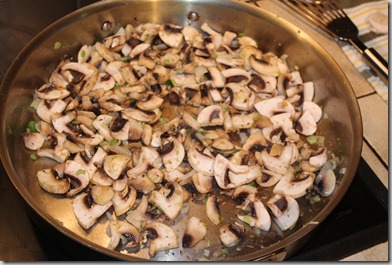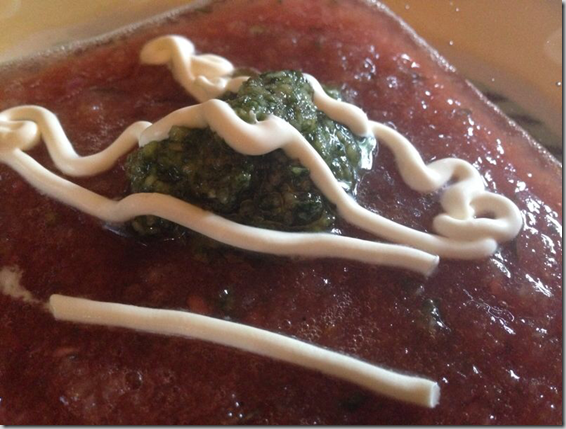Homemade dressings are the easiest way to make a salad that much better. When I tell people that I make my own dressing they often ask how hard it is and if they too can do it. I quickly assure them that it is not only easy but it also uses ingredients that many people already have in their pantry or refrigerator. Trust me, after a little bit of trial and error, you’ll hardly ever buy bottled dressings.
Now, I have to give credit to Thomas Keller for this, in particular, Bouchon, one of my all-time favorite cookbooks.
Mr. Keller, of course, has many other cookbooks with incredible recipes. However, Bouchon continues to be one of my go-to references as, despite sounding amazing, most of the recipes in Under Pressure (his sous vide cookbook) and the French Laundry Cookbook are so complicated that I’ve only ever attempted one or two of them.
The “House Vinaigrette” recipe from Bouchon has effectively inspired every salad dressing that I’ve ever made, and the key is the process of emulsification. Emulsions are VERY important in cooking. Many simple ingredients or finished products are emulsions though you might not even know it. Examples include milk, coffee, mayonnaise, and butter. Anything that is custard based or part of the hollandaise family is also an emulsion. What is an emulsion you ask? “Emulsion” is a term that describes the chemical process of suspending one liquid in another liquid when the two are usually immiscible (unable to be mixed) Think of oil and vinegar. When you put the two in a bottle and shake, they mix but within a matter of minutes, you will have a layer of oil floating on a layer of vinegar. Again, that is because, oil is not soluble in vinegar. To change this, you need what we refer to as an emulsifier to stabilize the mixture. In the case of a vinaigrette, we use mustard. However, egg yolks are also a common emulsifier. Soy lecithin is another emulsifier which I have read about; however for now, that, along with xanthan gum, and other ingredients used in molecular gastronomy aren’t yet in my pantry.
I say that the simple vinaigrette is the inspiration for all my dressings because each one effectively starts with this recipe. However, I would note that acids and oils can be interchanged. This recipe uses red wine vinegar and canola oil. However, I often use white wine vinegar to give it a more subtle flavor. Substitute half the vinegar for lime juice, add some cumin and chili powder, and you immediately have Mexican vinaigrette. Substitute the canola oil for nice EVOO, add a few shallots, roasted garlic, oregano, and swap some of the vinegar for some lemon juice, and you have an amazing Greek dressing. Substitute rice wine vinegar, peanut oil, miso paste for the mustard, and you get an incredible Asian style dressing. The combinations are endless, and the point is that these are all very simple.
Below is a recipe for my Greek dressing which is a variation on Thomas Keller’s “House Vinaigrette.” I used it to dress the Greek Salad we brought to the lakeside barbecue we had with friends last night. The dressing and salad was a huge hit and a few of our friends asked me to share the recipe!
Homemade Greek Salad Dressing
Ingredients
Four cloves of garlic
Two tablespoons Dijon mustard
Two tablespoons red wine vinegar
Two tablespoons lemon juice
1/2 cup vegetable oil
1/4 cup extra virgin olive oil
1 tablespoon of dried oregano
Salt and pepper to taste
Preparation
Preheat the oven to 350 degrees. Smash three of the garlic cloves, drizzle on some olive oil, and roast in the oven for about 20 minutes. Mince the raw clove and smash together with the roasted garlic (if you’re ambitious do this in a mortar and pestle and grind until smooth). Set aside.
Combine the olive oil and vegetable oil and set aside. Combine the mustard, garlic, lemon juice, vinegar in a mixing bowl and whisk until well combined. Then begin slowly adding the oil while whisking. The oil should begin to incorporate into the mixture. As it gets thicker, you can add the oil more quickly. Finally, add the oregano and salt and pepper.

![IMG_0846[1] IMG_0846[1]](http://www.healthyhappierbear.com/wp-content/uploads/2014/07/IMG_08461_thumb.jpg)
![IMG_0748[1] IMG_0748[1]](http://www.healthyhappierbear.com/wp-content/uploads/2014/07/IMG_07481_thumb.jpg)
